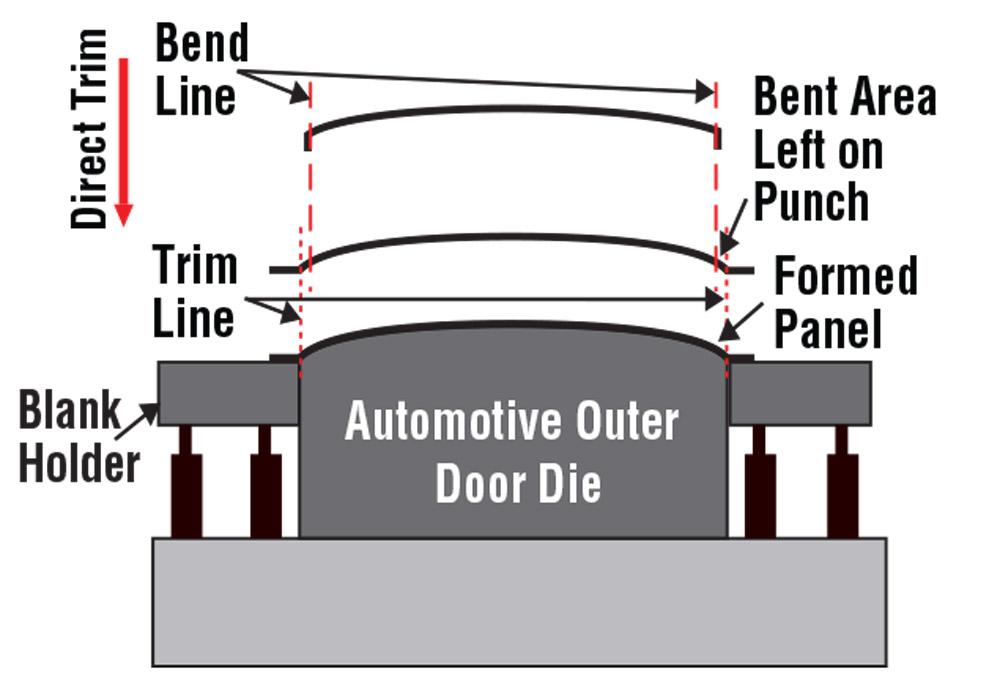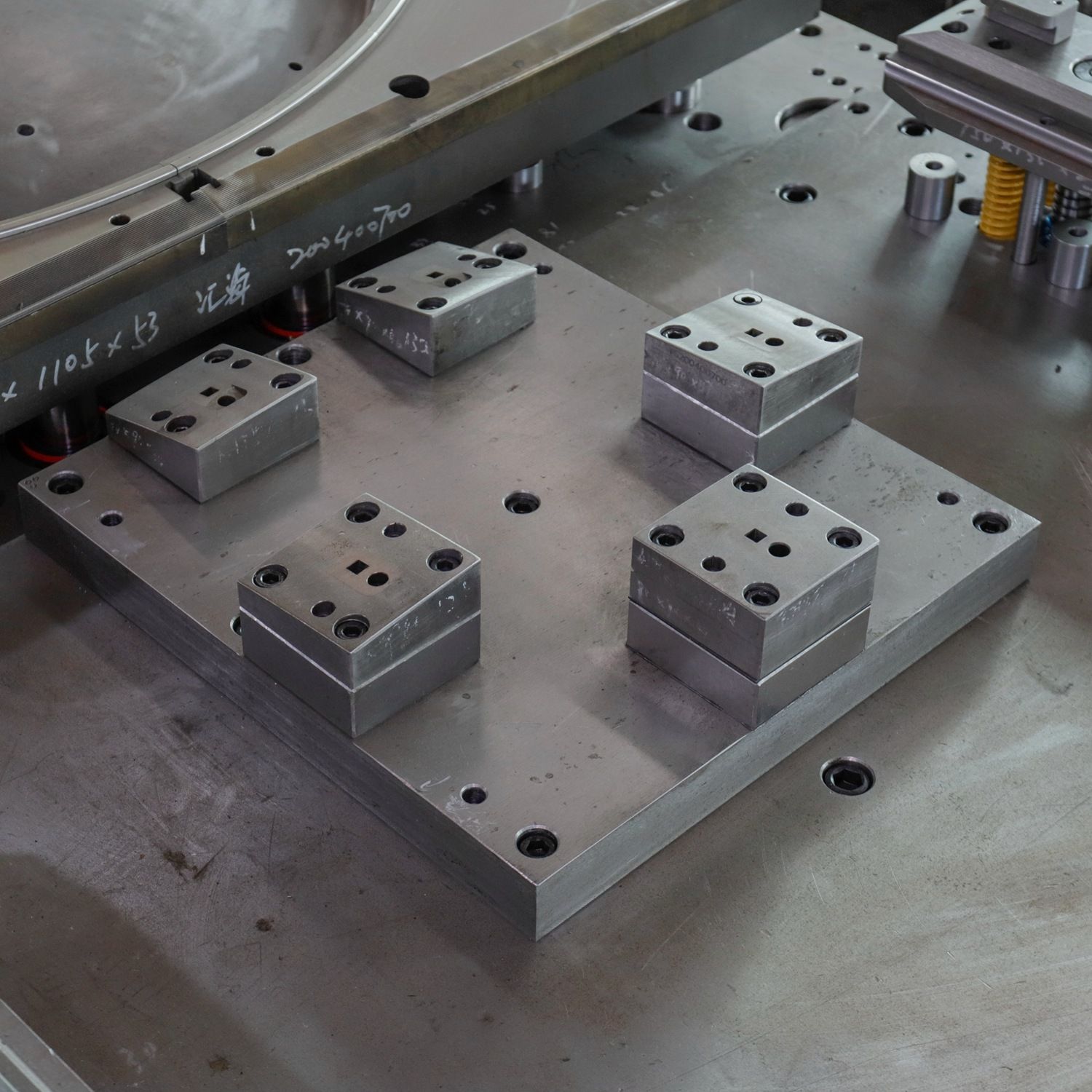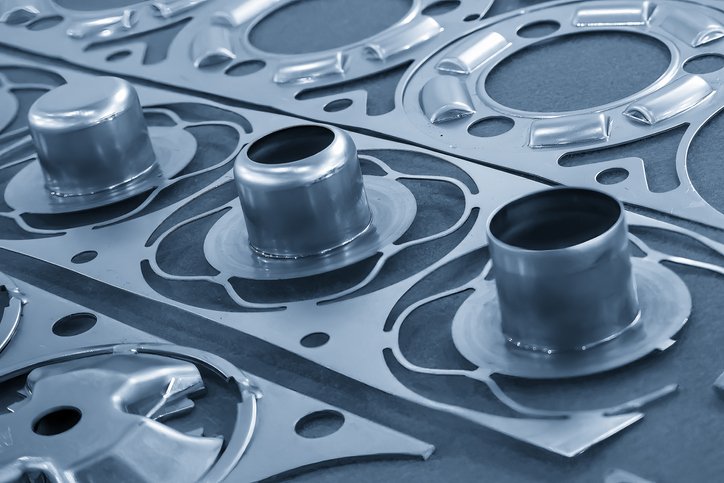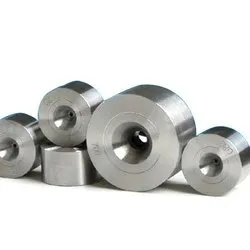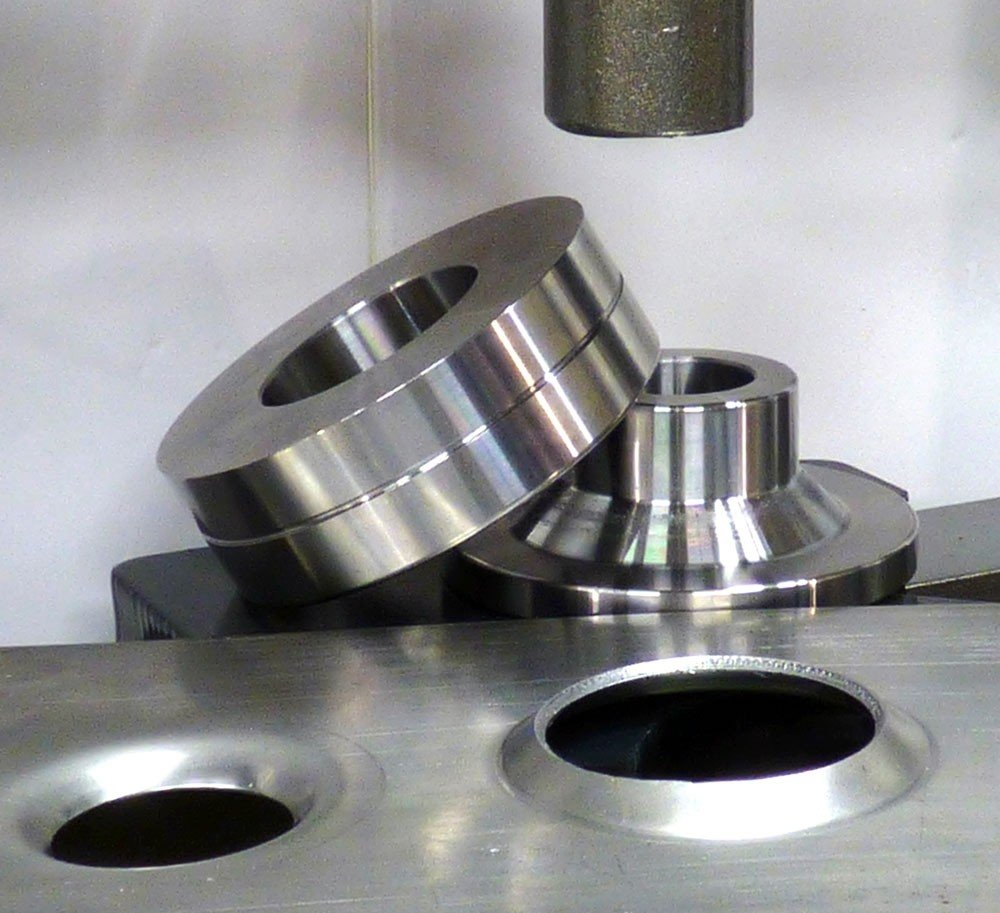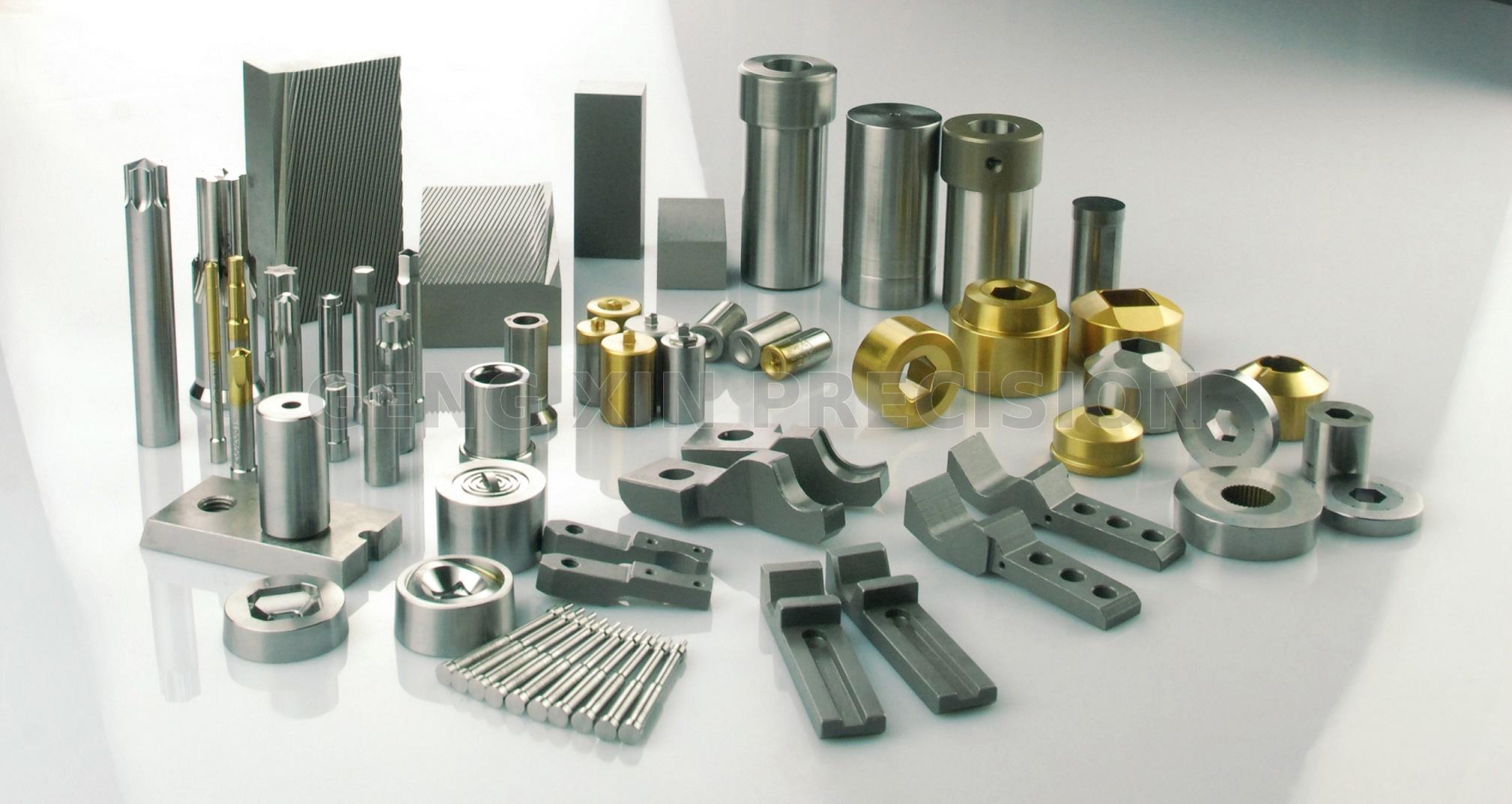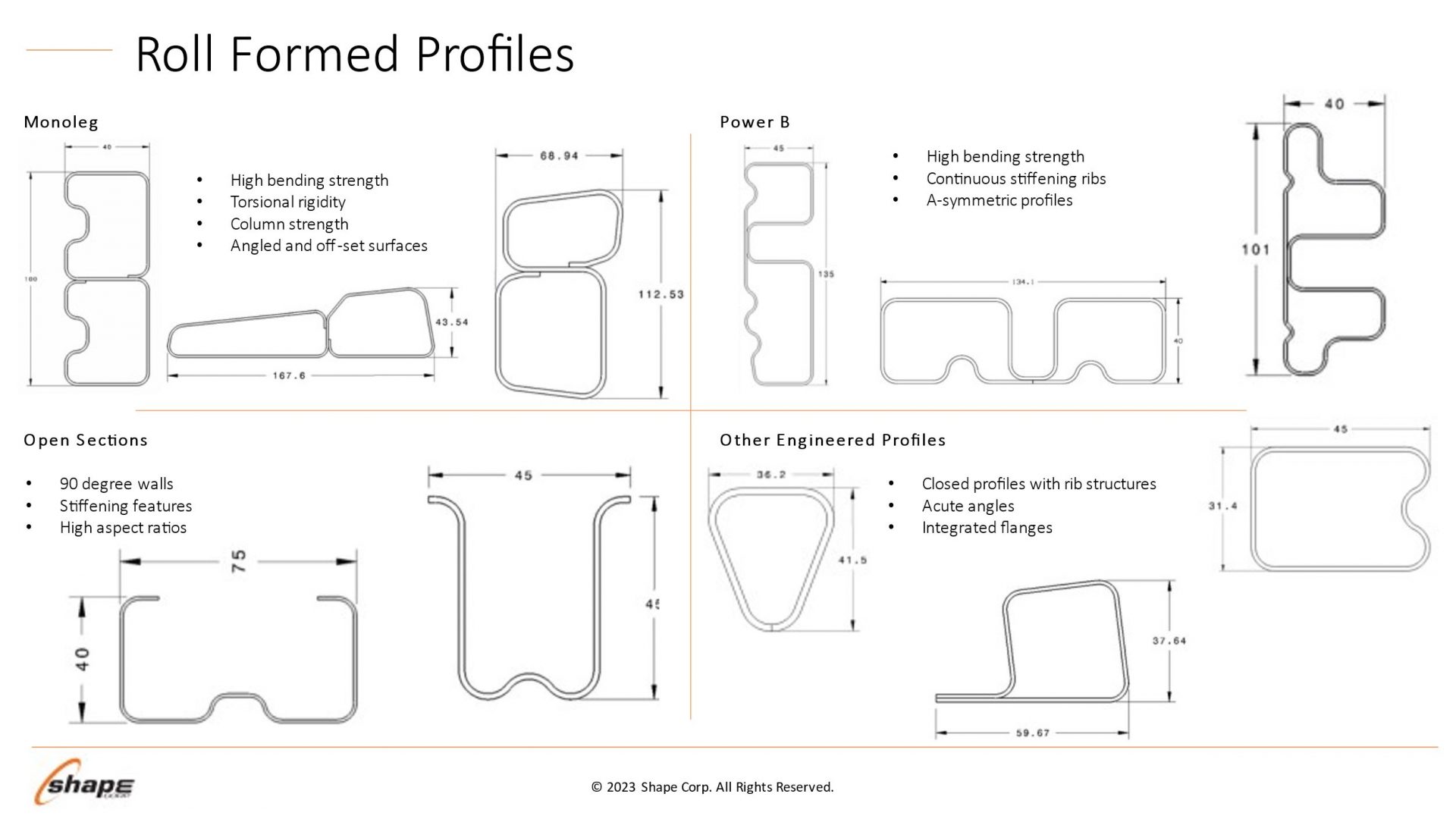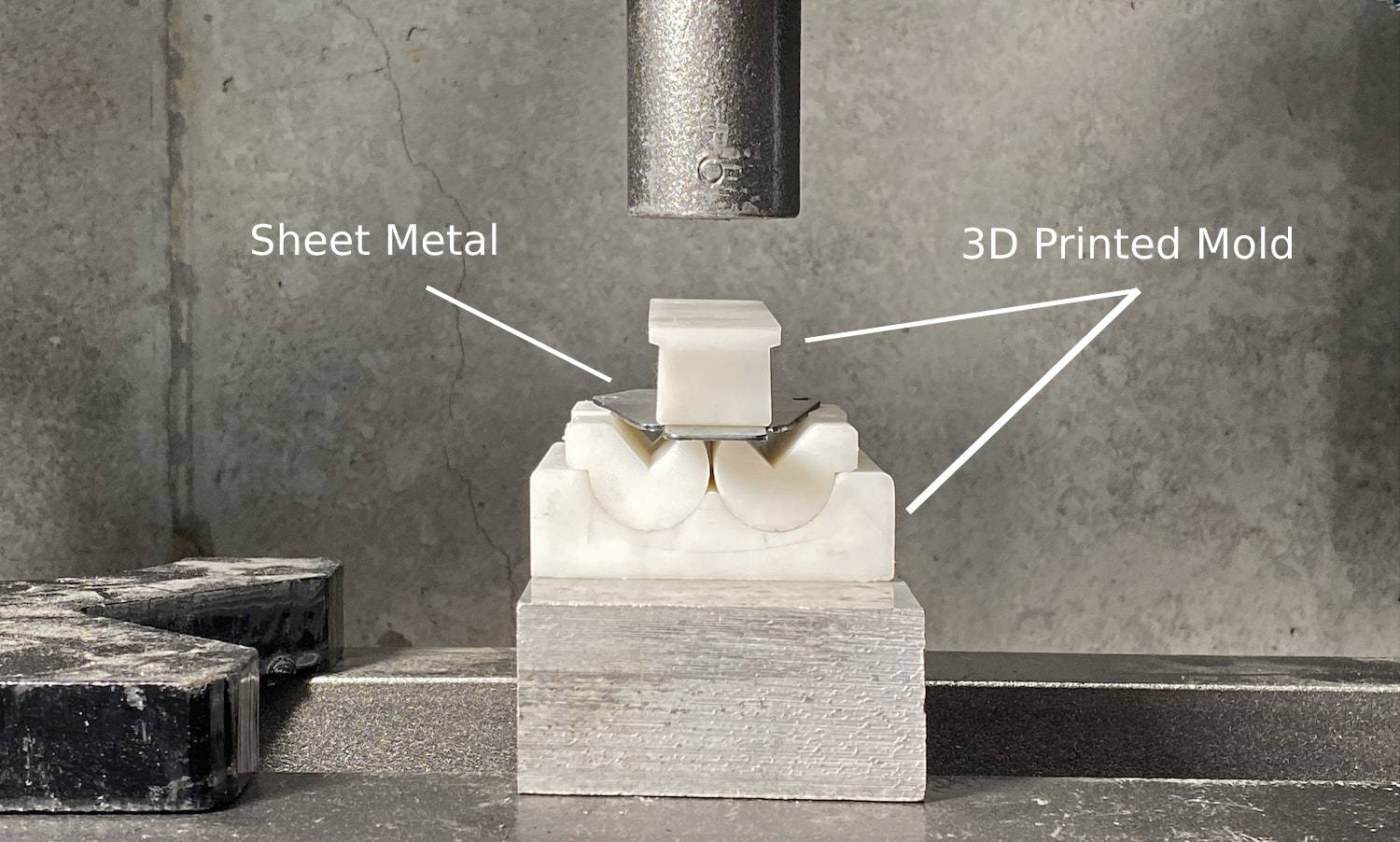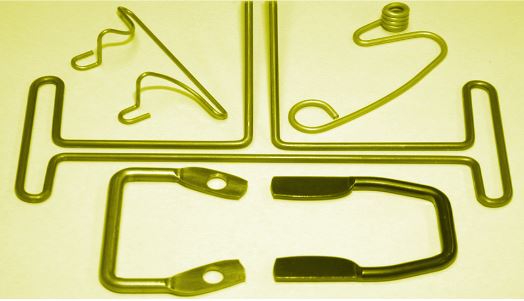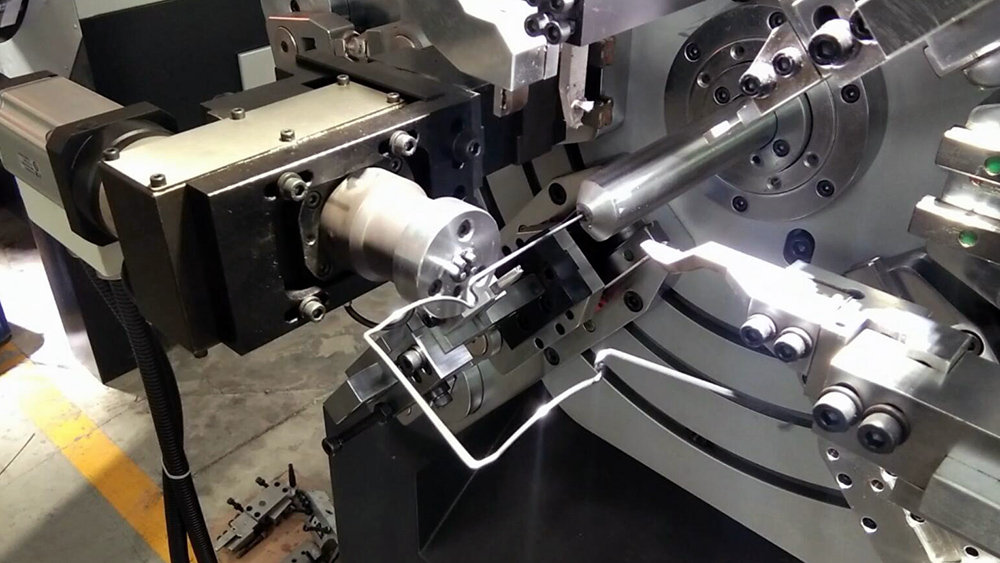
Master the Craft: A Deep Dive into Solving Common Challenges in Forming Dies for Wire Cold Heading
Effectively solving common challenges in forming dies for wire cold heading—such as premature wear, cracking, galling, and dimensional inaccuracy—requires a holistic approach that integrates advanced material science, precision die design, and meticulous process optimization. The key to extending die life and ensuring consistent part quality lies not in a single fix, but in a strategic combination of selecting the right tungsten carbide or tool steel, applying appropriate surface coatings, refining die geometry, and maintaining rigorous lubrication and machine alignment protocols. This guide provides actionable solutions to transform your cold heading operations from a challenge into a competitive advantage.
